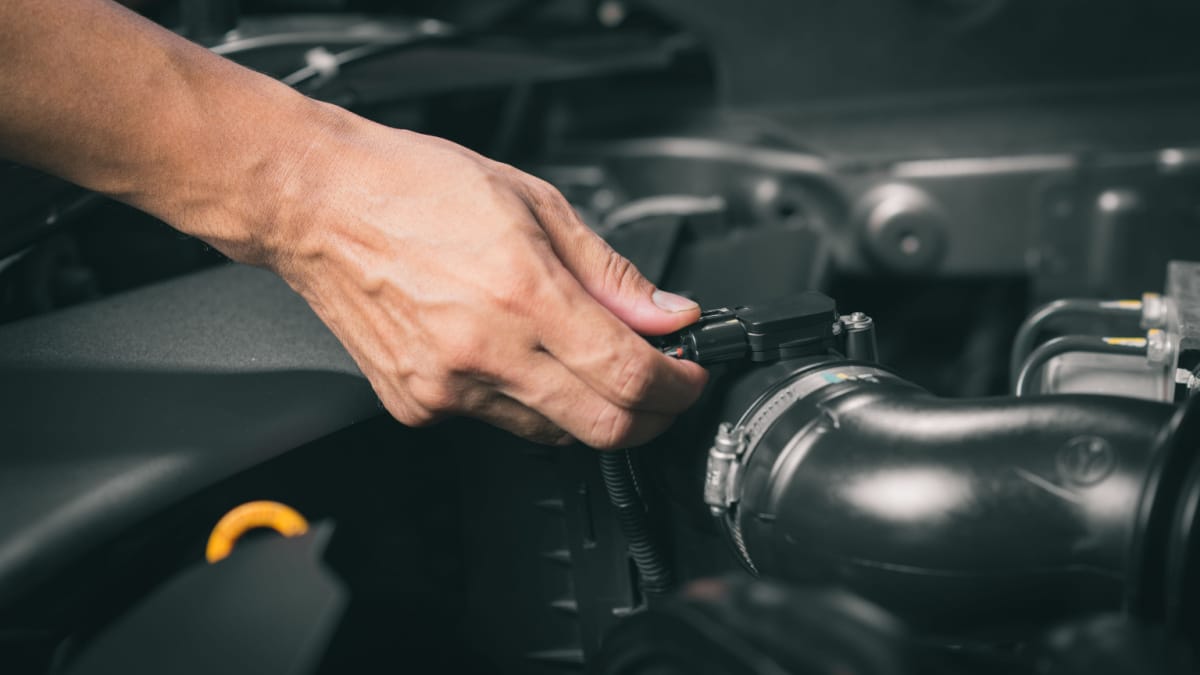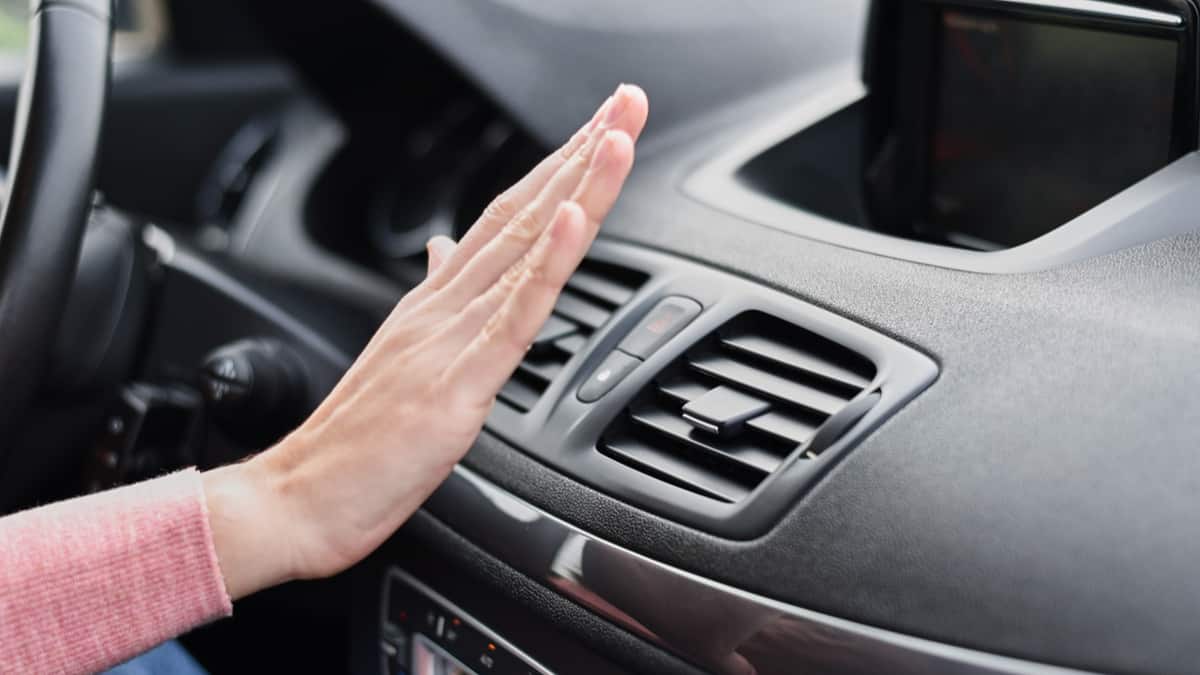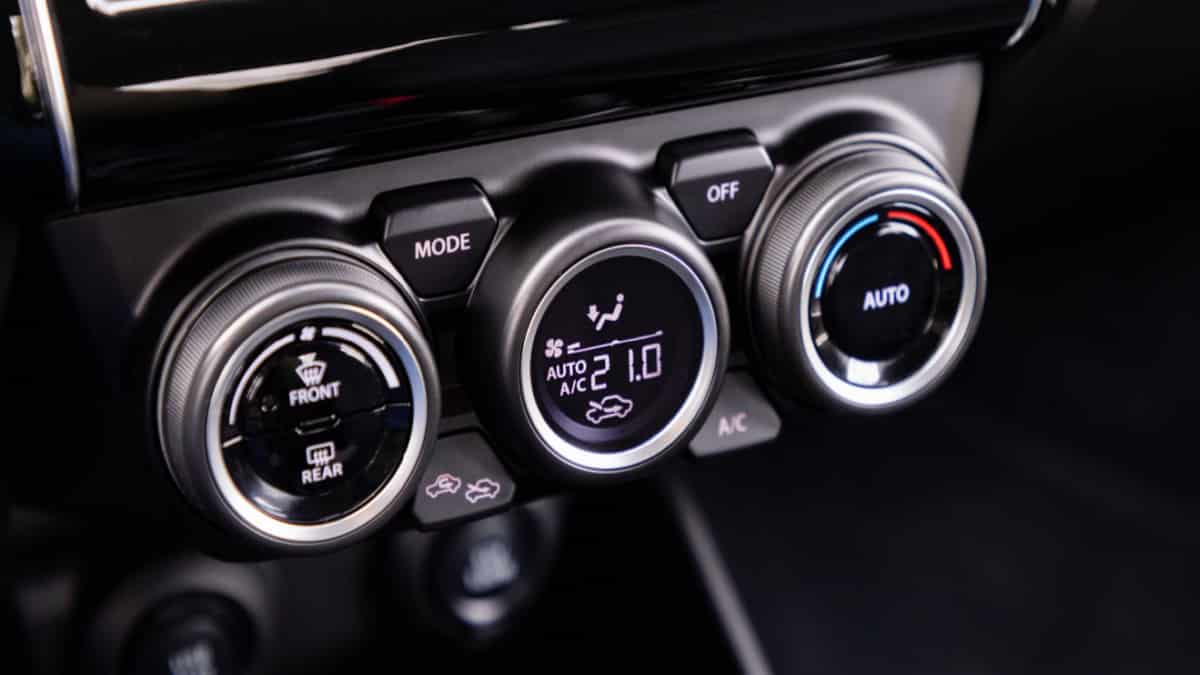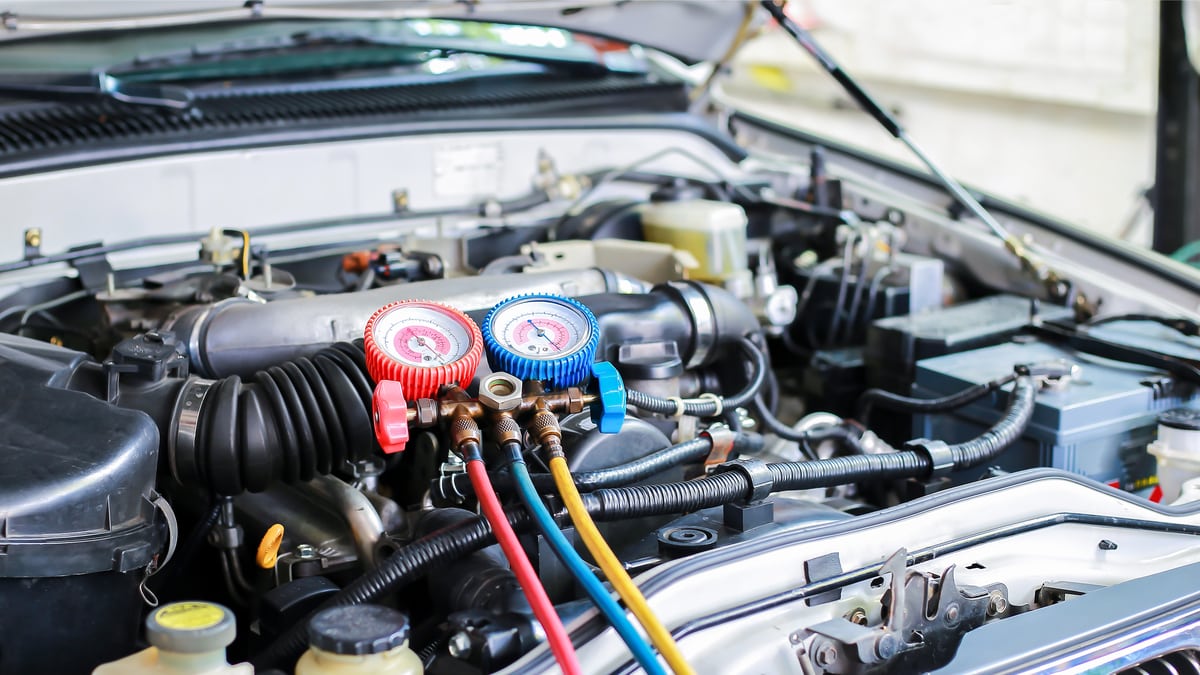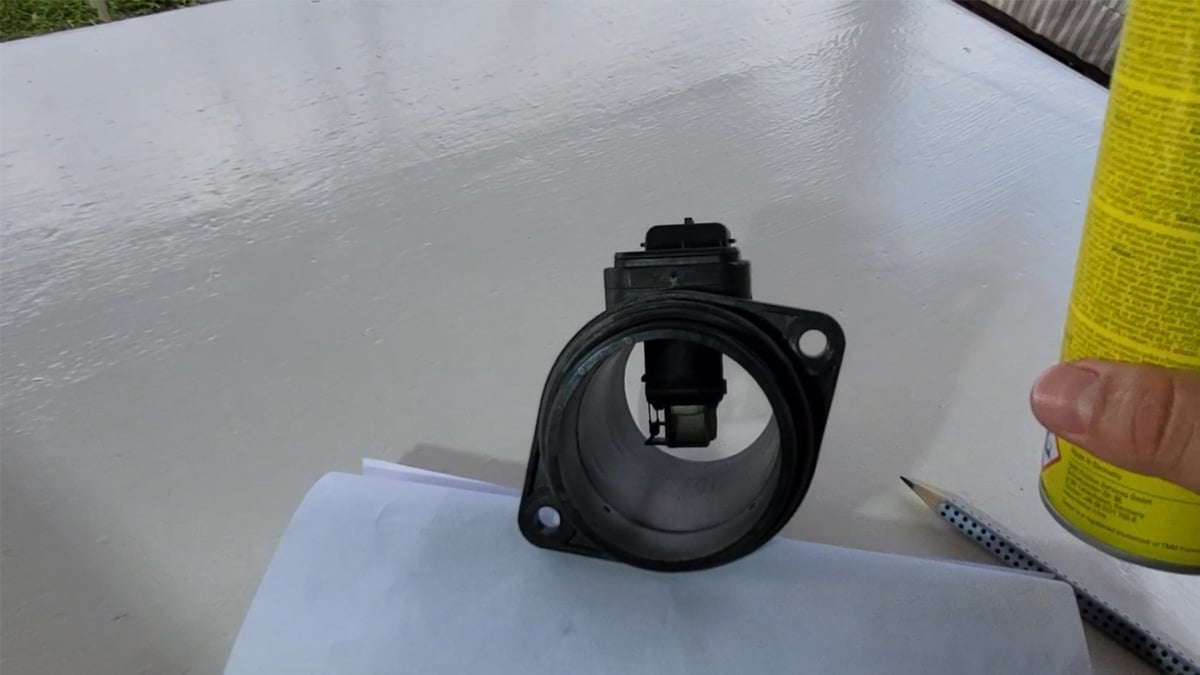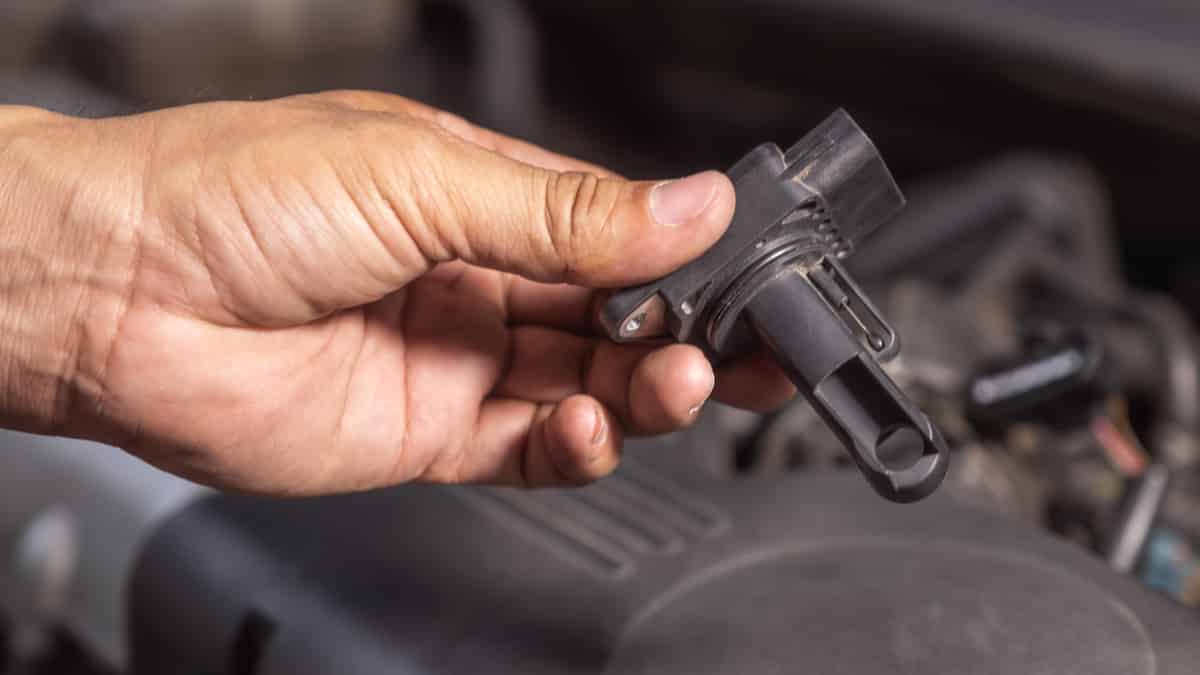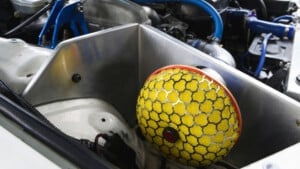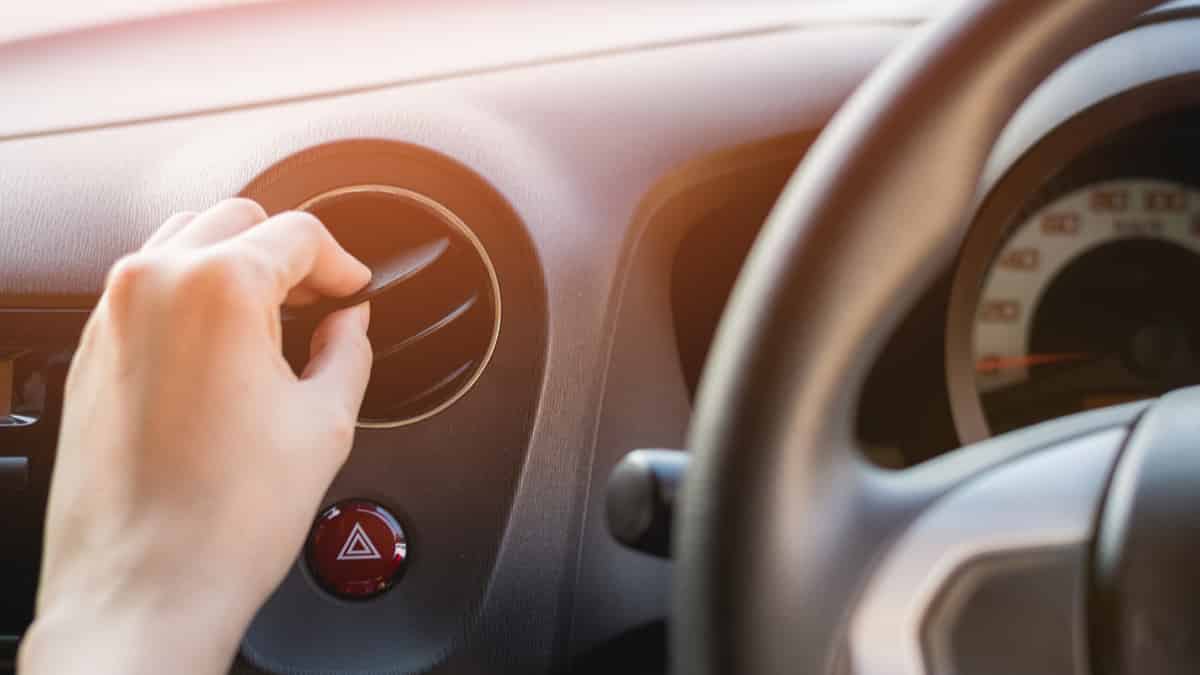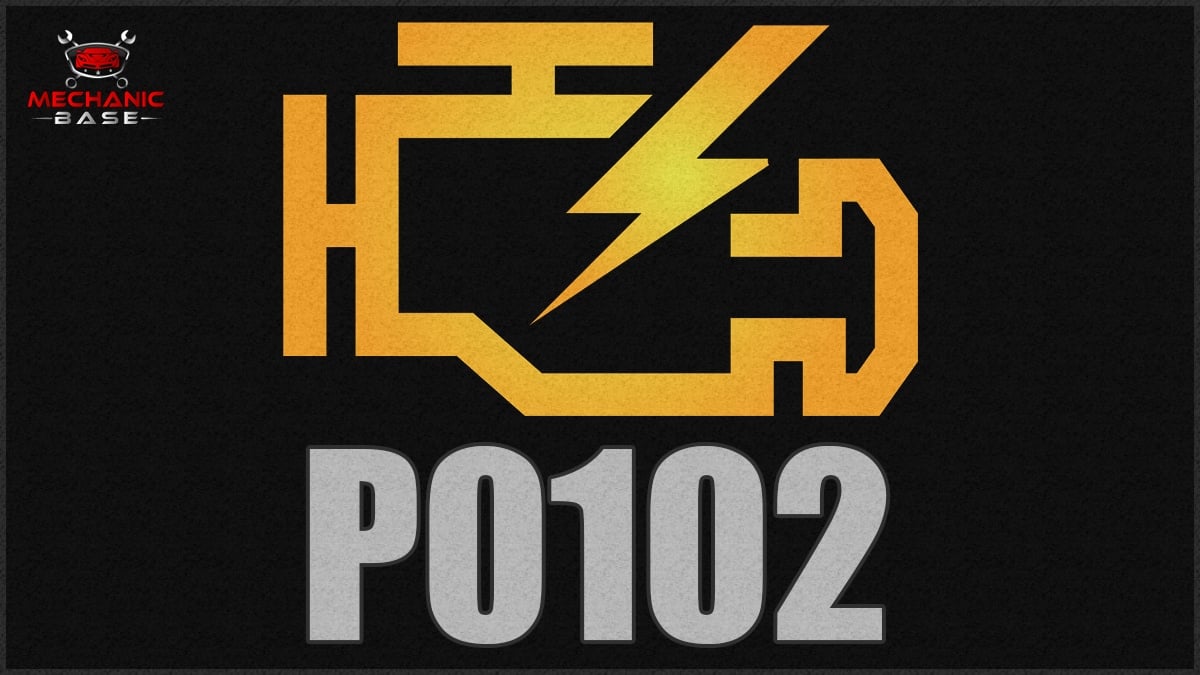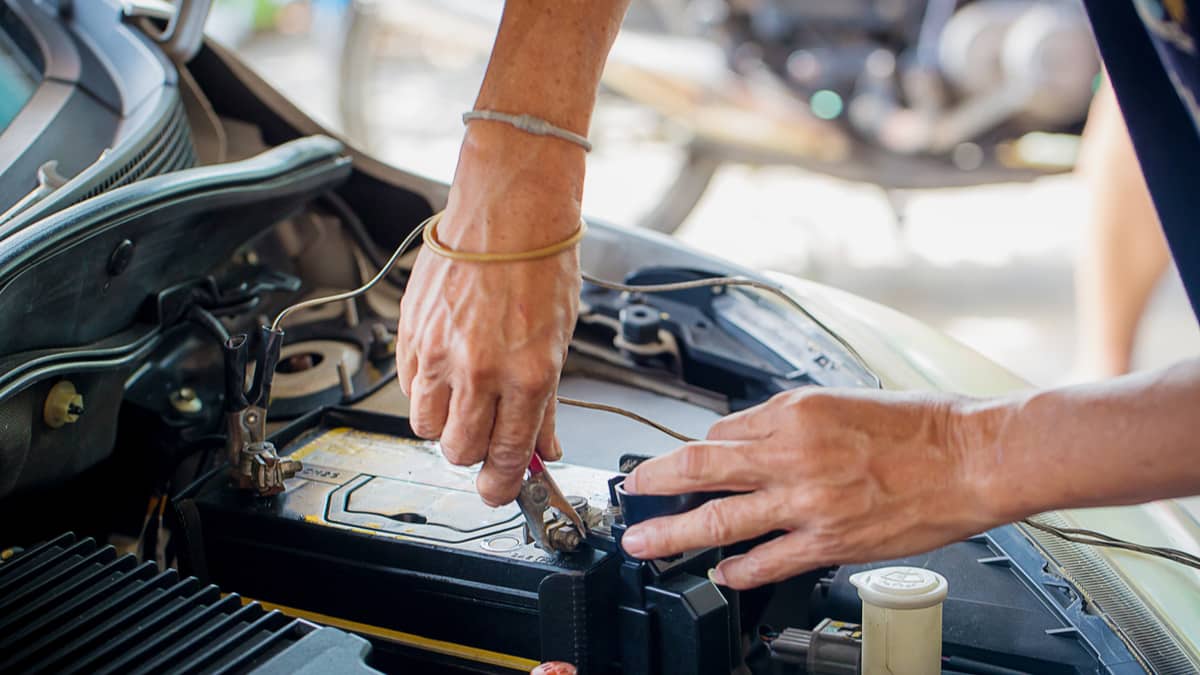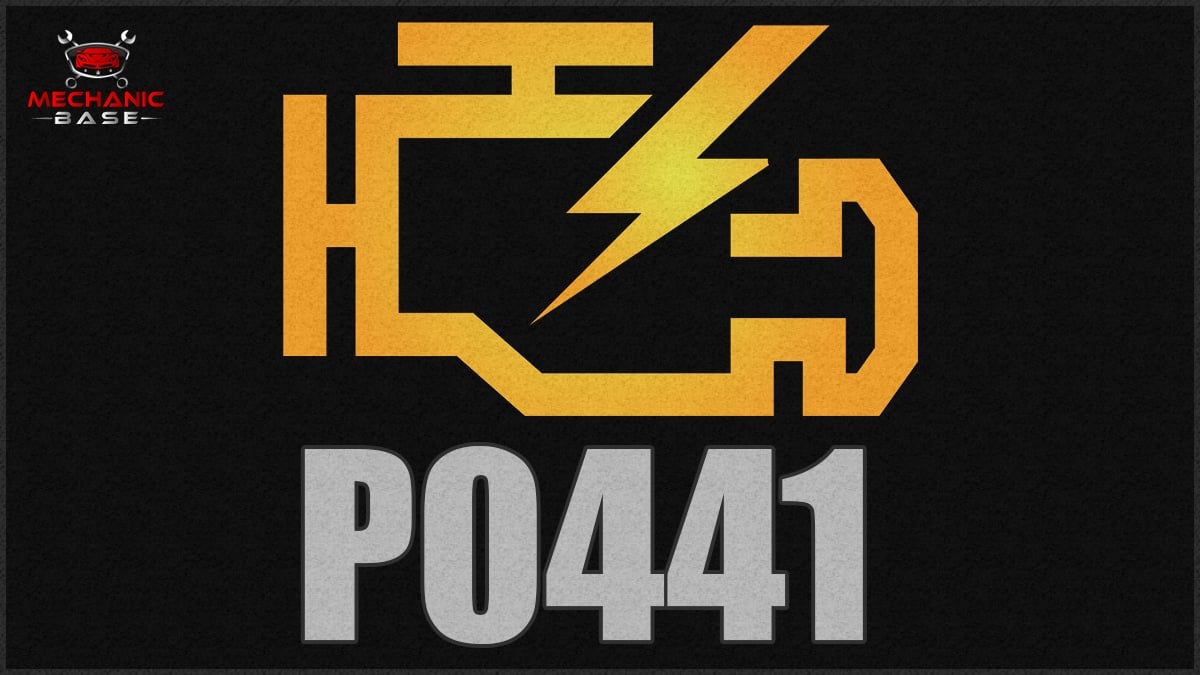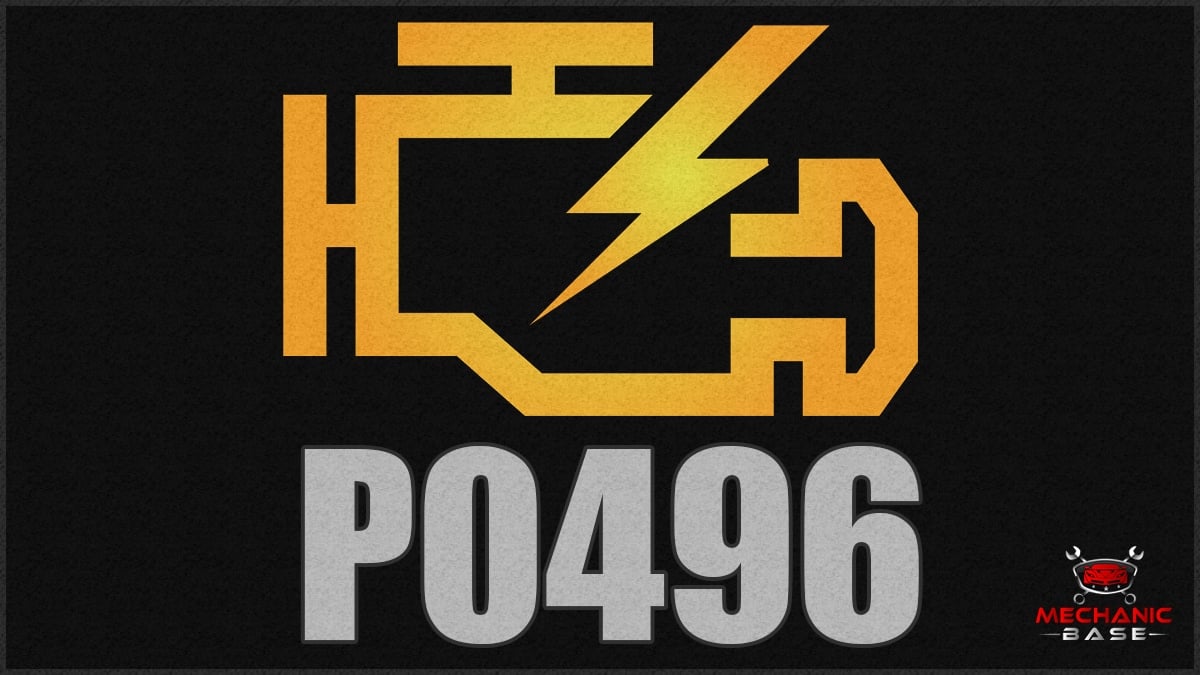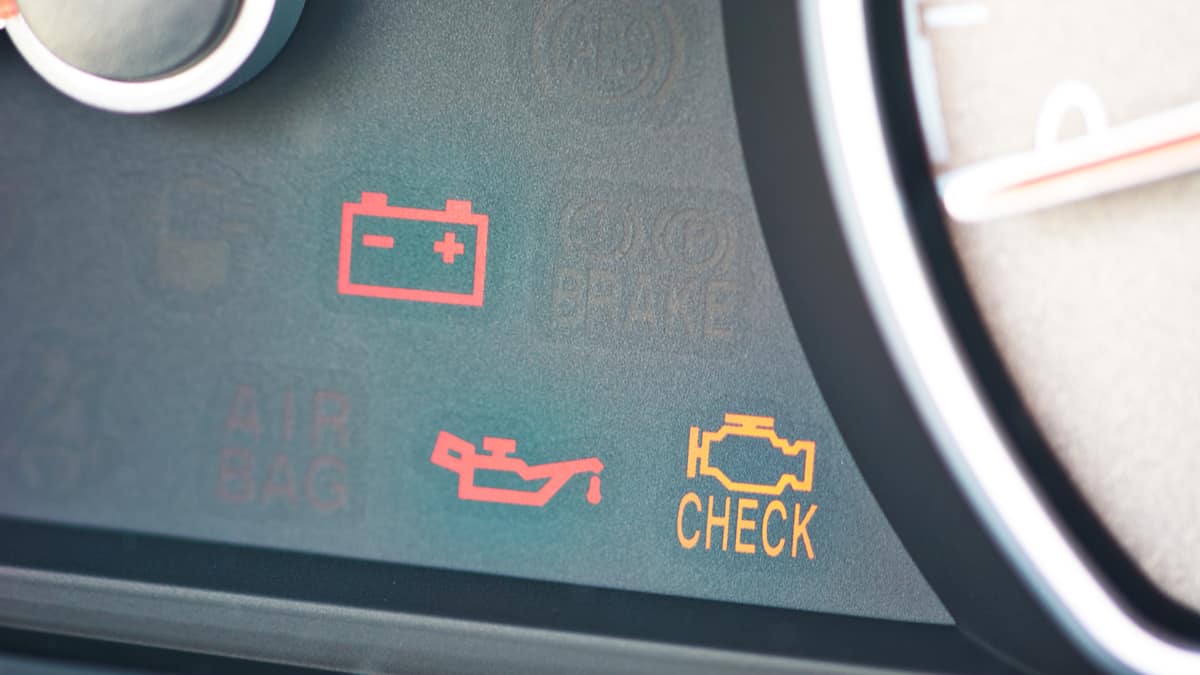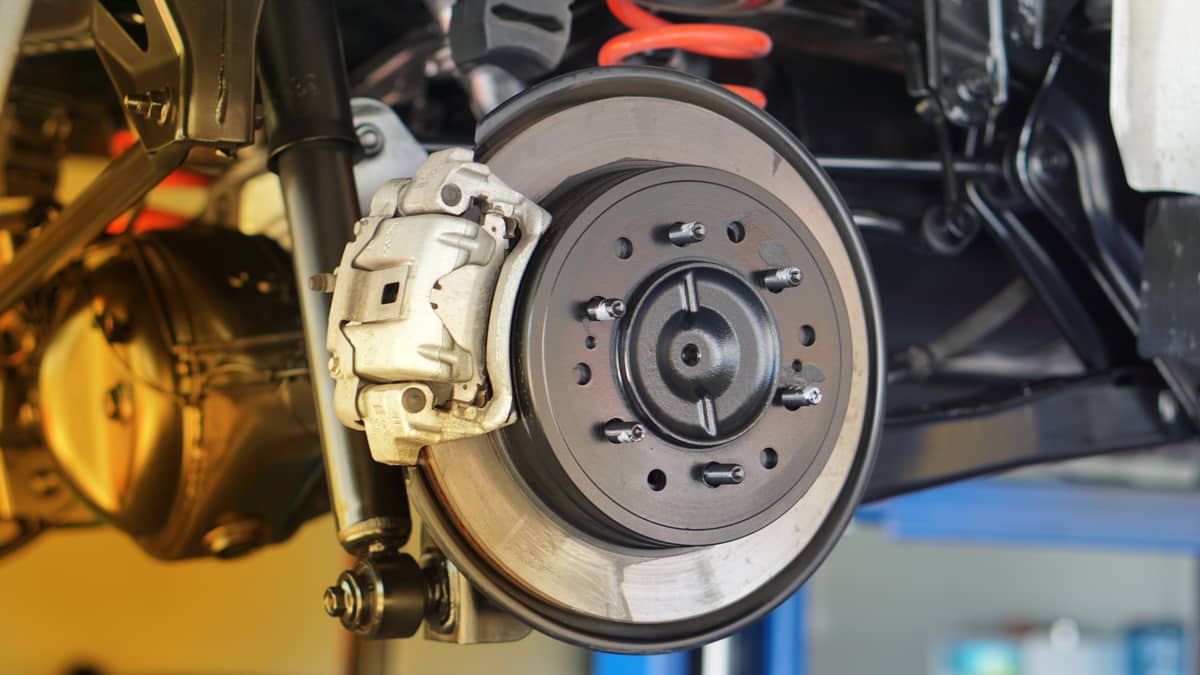It’s common to replace the mass air flow sensor if black smoke is coming out of the car exhaust or the engine isn’t running properly. While the replacement isn’t difficult to perform, there are some things that must be done after the repair. If you aren’t used to doing this job, you may wonder what to do after replacing the mass air flow sensor.
In this guide, we provide you with step-by-step instructions on the aftermath of replacing a mass air flow sensor. Furthermore, we show you what to do if there are still problems with the car. When you reach the end of our article, you’ll finally have your top questions answered.
What To Do After Replacing Mass Air Flow Sensor?
In many car models, you can’t simply put a new mass air flow sensor in and expect everything to run smoothly. First, you must inspect the installation and reset the trouble codes. After this, the ECU needs to be reset, so you should start the vehicle and let it idle. It’s also wise to take a good test drive afterward.
However, in some car models, it will be enough to just replace the mass air flow sensor. But, if you want to be sure to make everything properly or have issues after the MAF sensor replacement, check out this. Let’s break down each of these steps a little further.
1. Inspect the Installation
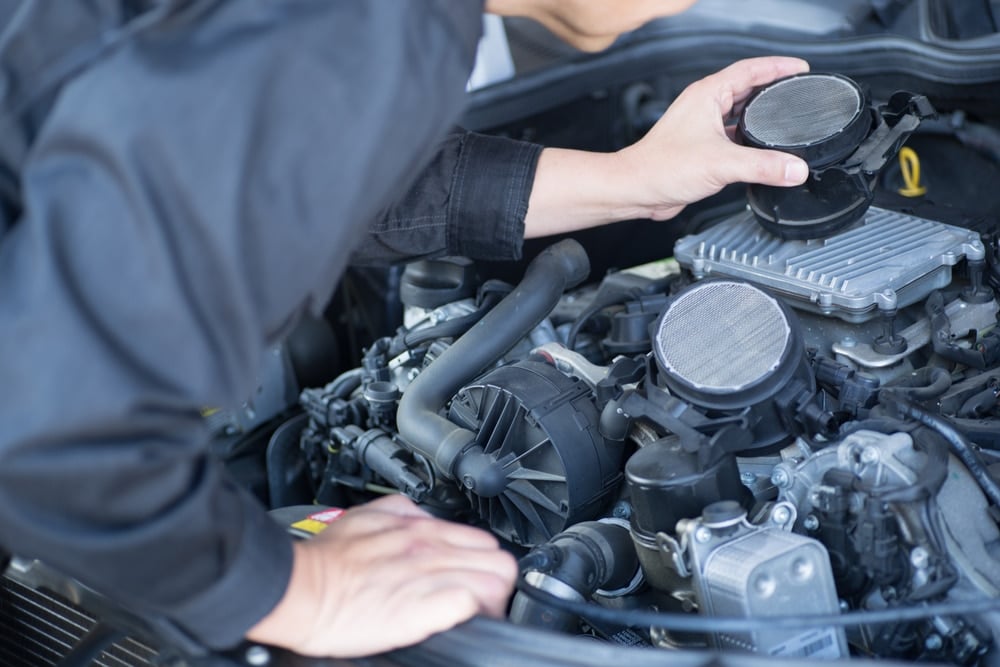
After the new MAF sensor is installed, it’s important to double-check all of the connections. When you reconnect the new sensor to the airbox and intake hose, it could remain loose, which would lead to trouble.
It’s also important to avoid touching the element in the MAF sensor. It’s fragile and can lead to damage if handled.
2. Reset Trouble Codes
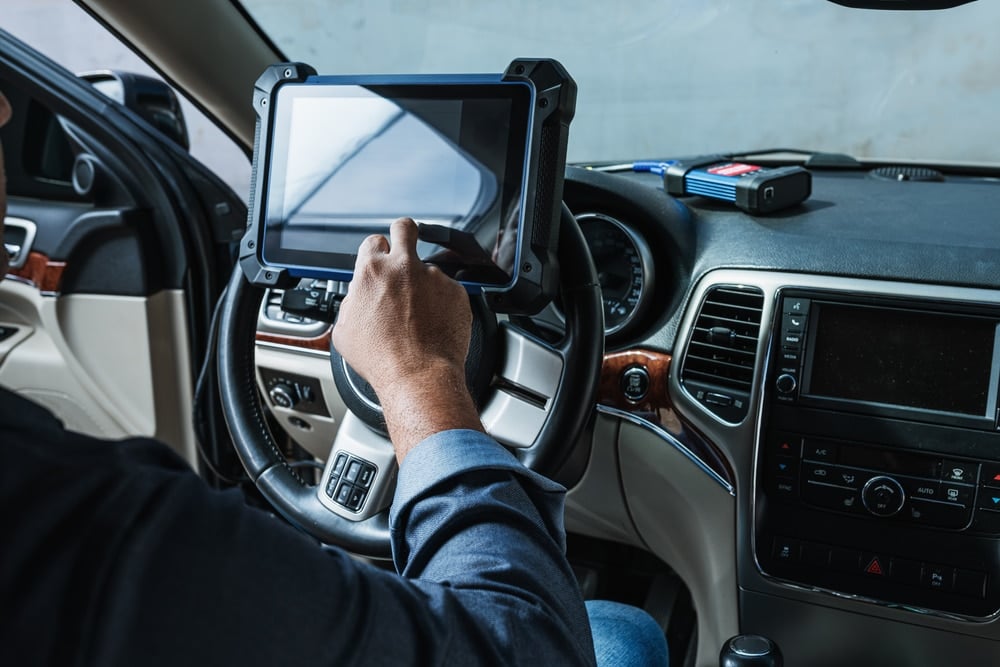
When the mass air flow sensor was bad, your car’s ECU sent out a diagnostic trouble code to get your attention. This process would have turned on the Check Engine Light. To get that light off now, you need to reset the trouble codes.
With your code scanner, you can reset the system. Once the system is reset, the Check Engine Light shouldn’t come back on unless there is still a problem.
3. Clear/Relearn Data (If Possible With Your Scanner)
The ECU requires a reset to adjust the air-fuel mixture properly. If you fail to do this, the engine could run rich or lean, meaning the mixture is imbalanced. Sometimes, it’s easy to force a relearn with your code scanner if it’s a high-end model. Otherwise, you must perform the relearn manually.
Some people opt to disconnect the car battery. However, when you do this, all of the radio presets, seat memory and clock settings will also be erased.
If you still choose to move forward with disconnection, leave it for a few minutes before putting everything back. You’ll want to move on to the next steps once the battery is reconnected.
However, in many cases the car can relearn the data itself with the new MAF sensor, but it may take some time, depending on the car model. So the best way is always to clear the data manually.
4. Start the Vehicle
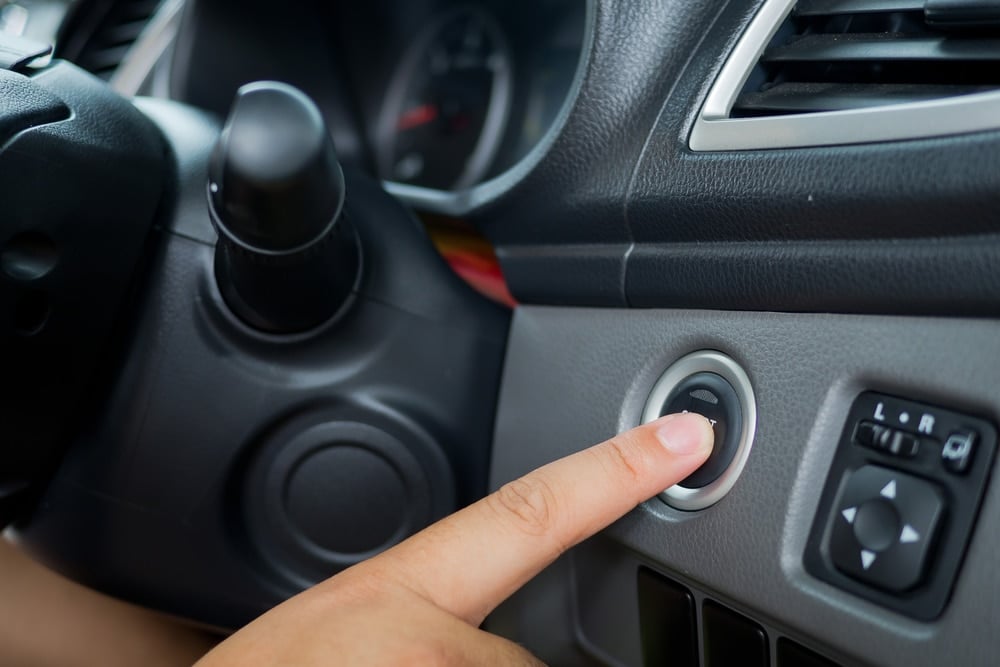
To complete the relearning process, the vehicle must be started. Crank the engine and let it run. As you move on to the next step, you can reset all of the features that were disconnected.
You will need to put in new radio presets, change the clock and mess with any seat memory. All of these were wiped out when you unplugged the car battery.
5. Let the Vehicle Idle for 10 Minutes
Once the engine is running, the car needs to idle for a little. We recommend idling the car for about ten minutes.
While idling, the ECU is relearning the air-fuel mixture. By giving it this time, the ride will be much smoother.
6. Test Drive
With all of the other steps completed, you are ready to take the car for a drive. Stay close to home at first, just in case there’s a problem.
Keep the radio off, so you can hear how the engine is running. If the Check Engine Light comes back on or you notice any performance issues, you want to take a closer look at the sensor again.
What To Do if the Problem Still Occurs After Replacing the Mass Air Flow Sensor?
It’s disheartening to spend time replacing the mass air flow sensor only to still have trouble. We understand the frustration as we have done it ourselves. That’s why we’ve put together these helpful steps to get you back on track.
Whether the Check Engine Light comes on or you notice performance issues, follow these tips.
1. Read Trouble Codes Again
Get your OBDII code scanner back out and plug it in again. If you don’t have one, the local auto parts stores may read the codes for free.
The trouble with engine codes is understanding what they mean. With our trouble code library, you can get some professional advice on the most common codes.
2. Check a Repair Manual
With a factory service manual, you can read all of the recommended procedures when performing an MAF sensor replacement. It’s always possible that you hooked something up wrong or made a mistake.
Compare your procedure with what’s outlined in the book. You can also find a lot of this information by performing a search online.
3. Look for Technical Service Bulletins
Every automaker issues technical service bulletins that reveal common issues with the model. These bulletins are meant for the dealership service departments but are free to look at.
Simply go to the NHTSA website and enter your VIN into the search bar. Your particular make and model will come up, along with the recalls, current investigations and service bulletins.
4. Contact A Professional
When all else fails, it’s time to get help from a professional. Your local auto repair shop can figure out what’s going on because they have more advanced diagnostic tools than you probably have at home.
Search for a reliable mechanic in your area to speak with. For the cost of the repair, you may wonder why you didn’t just go this route, to begin with.
How long does it take for a new MAF sensor to work?
Once the new MAF sensor is installed, you may still need a little time until the system relearns the air-fuel mixture. Erase the trouble codes, start the engine and let it idle for at least ten minutes before driving. This should provide adequate time for a reset.
How do you reset a mass air flow sensor?
Many high-end code scanners provide the option to reset the sensor. If not, you can disconnect the battery for a few minutes, start the engine and let it idle for at least ten minutes. This procedure helps the ECU relearn the air-fuel mixture for optimal performance.
Does a MAF sensor need to be calibrated?
The ECU needs to relearn the proper air-fuel mixture once the MAF sensor has been replaced. You can do this with a professional code scanner or let the engine idle for a short time. Once the MAF sensor has been recalibrated, the car should run as it did before the failure.
Should I disconnect the battery when changing the mass air flow sensor?
If you aren’t able to use a code scanner for the relearn procedure, you may need to disconnect the battery. However, when you disconnect the battery, you will have other issues to deal with. The radio presets need to be reprogrammed and the clock will reset.
When the time comes to perform a MAF sensor replacement, you have more to think about than simply putting in a new part. As experienced mechanics, we understand how cumbersome it can be to walkthrough the relearning process. If you weren’t expecting this, you might find it to be annoying.
However, once the procedures are complete, your car should run like new again. The mass air flow sensor helps to regulate the air-fuel mixture for superior performance.
Learn more:
- 8 Symptoms Of A Bad MAF Sensor (& Replacement Cost)
- How to Clean a Mass Air Flow Sensor (5 Steps)
- 15 Types of Car Sensors (& What They Do)
Categories: Engine
